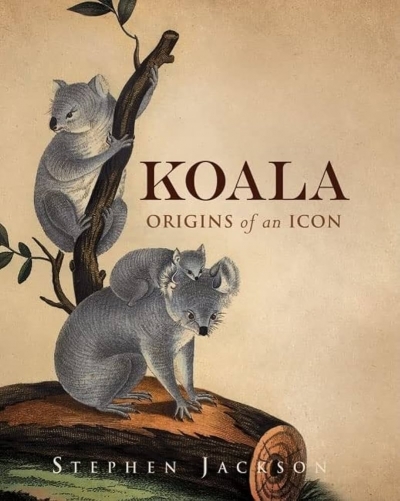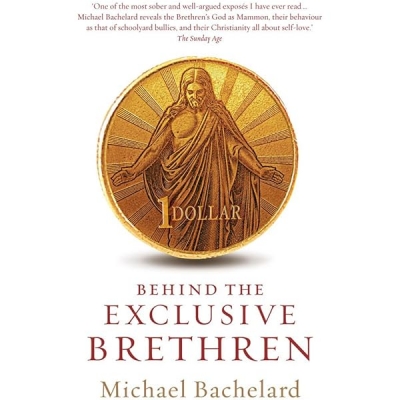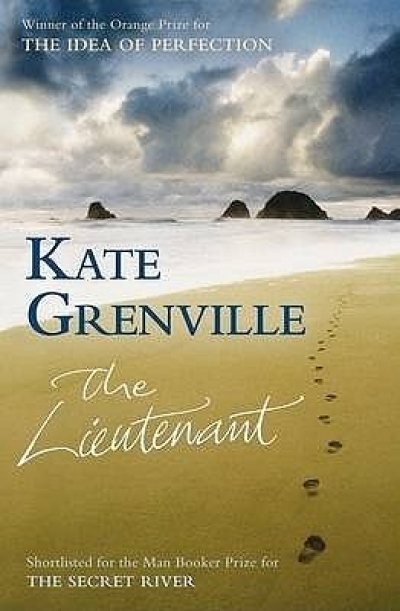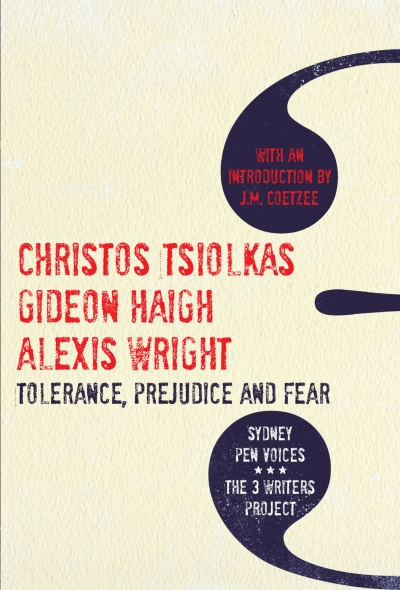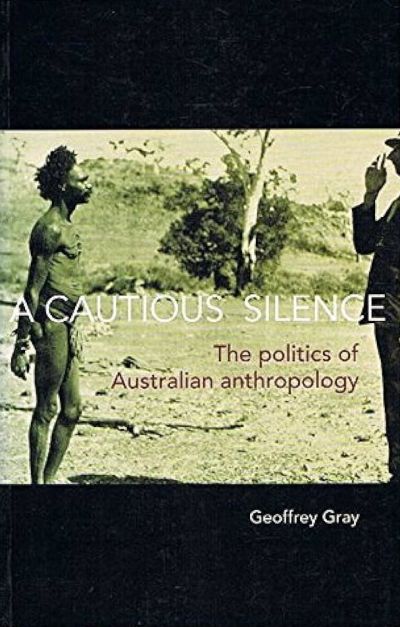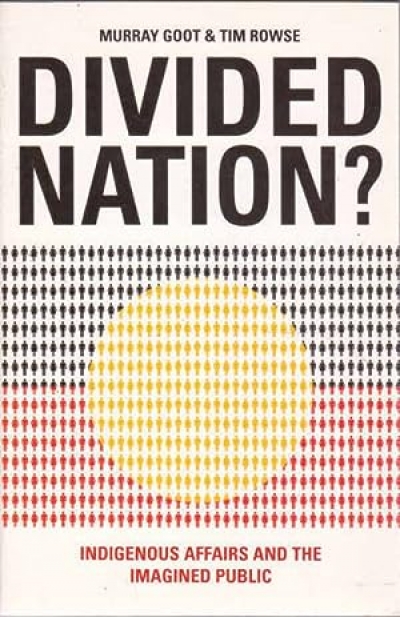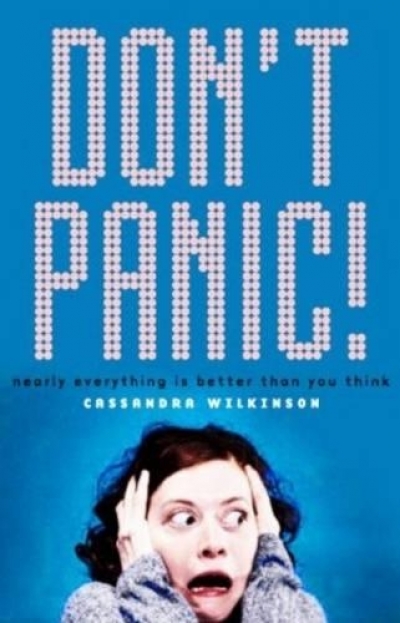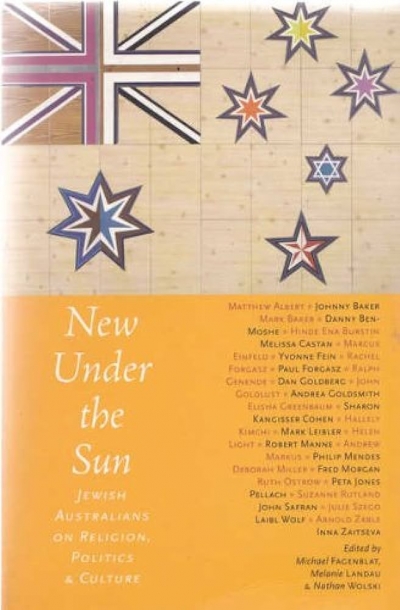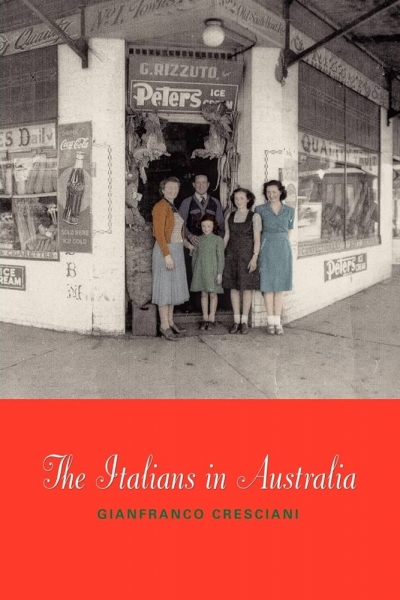Australian Society
Tolerance, Prejudice and Fear by Christos Tsiolkas, Gideon Haigh and Alexis Wright
by Jay Daniel Thompson •
A Cautious Silence: The politics of Australian anthropology by Geoffrey Gray
by Francesca Merlan •
Divided Nation: Indigenous Affairs and the Imagined Public by Murray Goot and Tim Rowse
by Anthony Moran •
Don't Panic!: Nearly Everything is Better Than You Think by Mark Cully
by Mark Cully •
Diaspora: The Australasian experience edited by Cynthia Vanden Driesen and Ralph Crane
by Rick Hosking •
New Under the Sun: Jewish Australians on religion, politics and culture edited by Michael Fagenblat, Melanie Landau and Nathan Wolski
by Tamas Pataki •
The Italians in Australia by Gianfranco Cresciani
by Loretta Baldassar •

